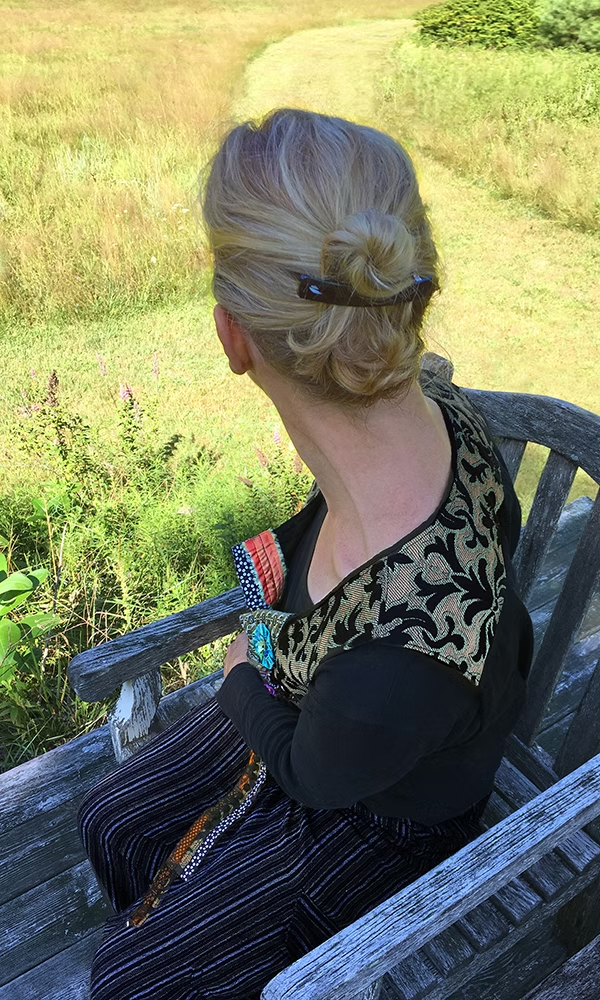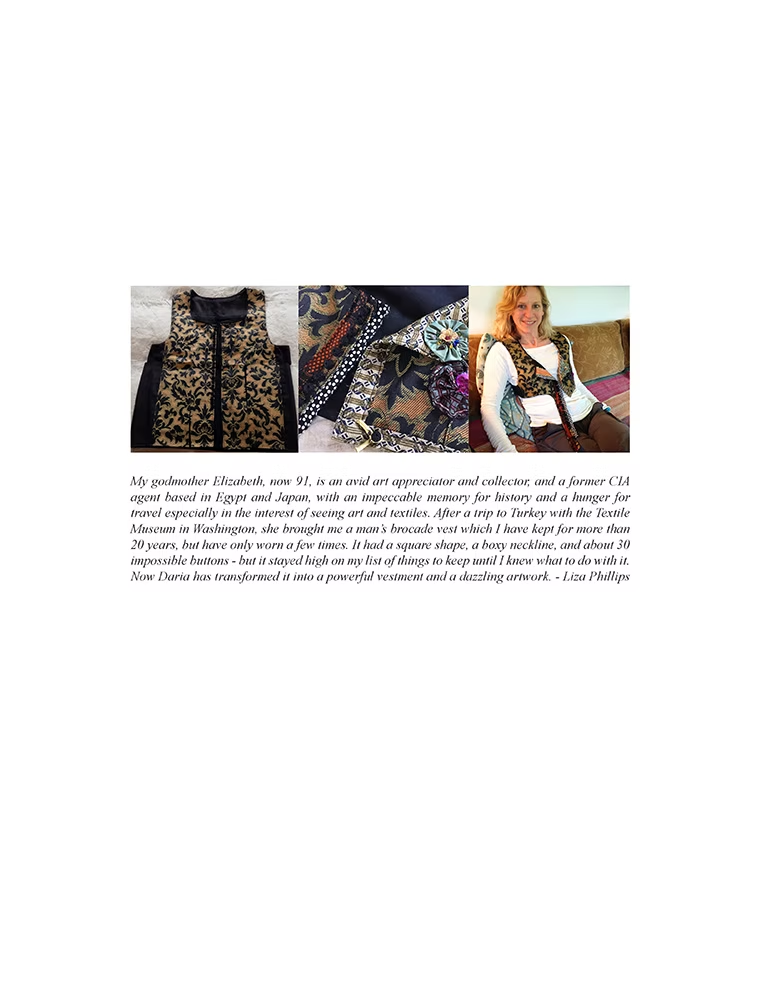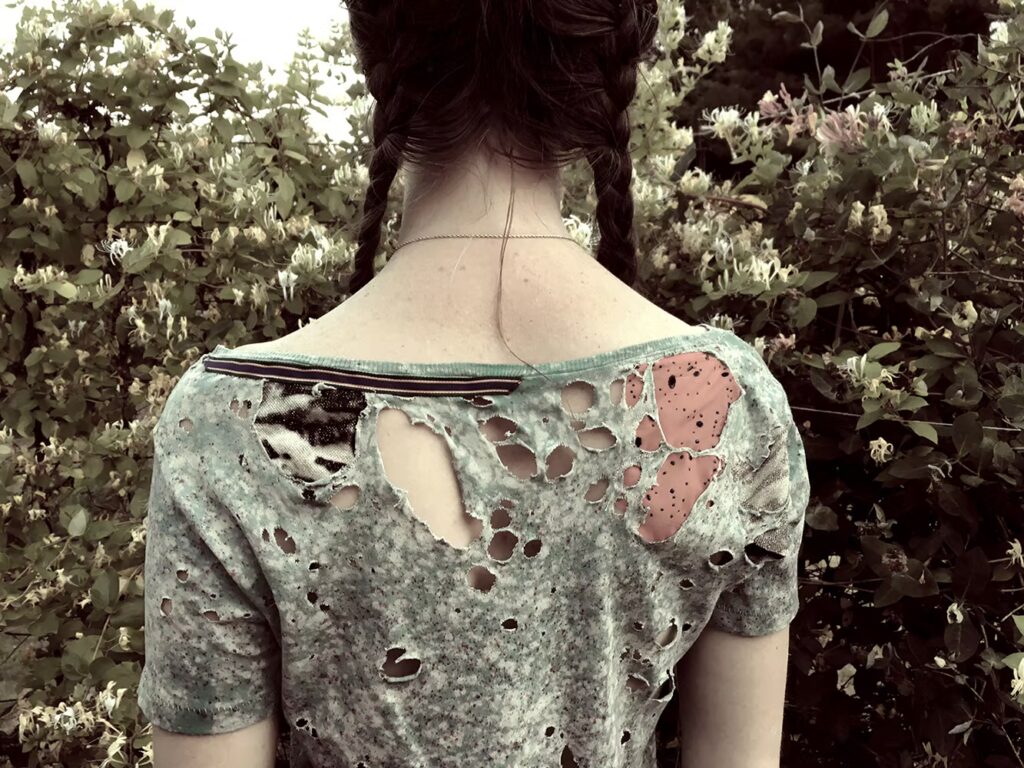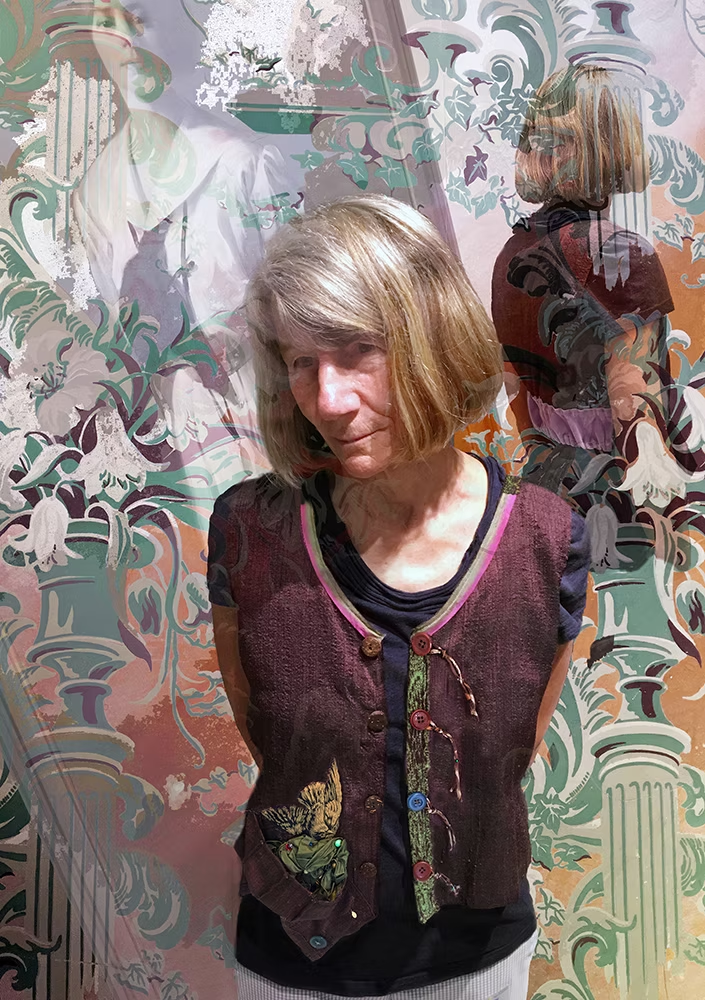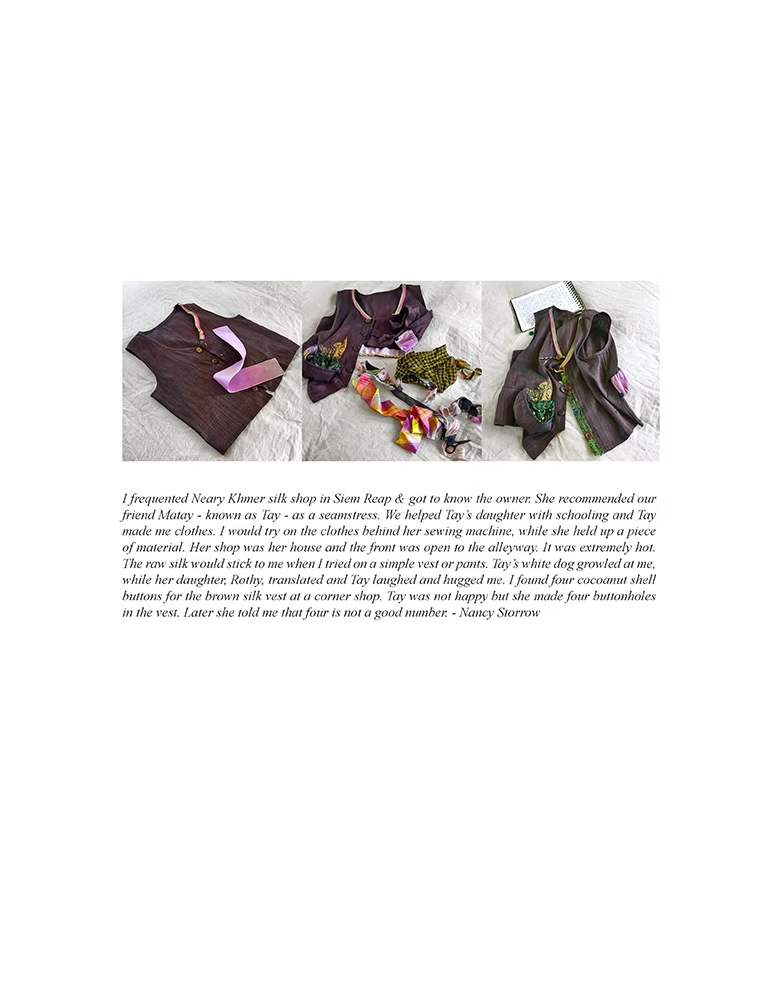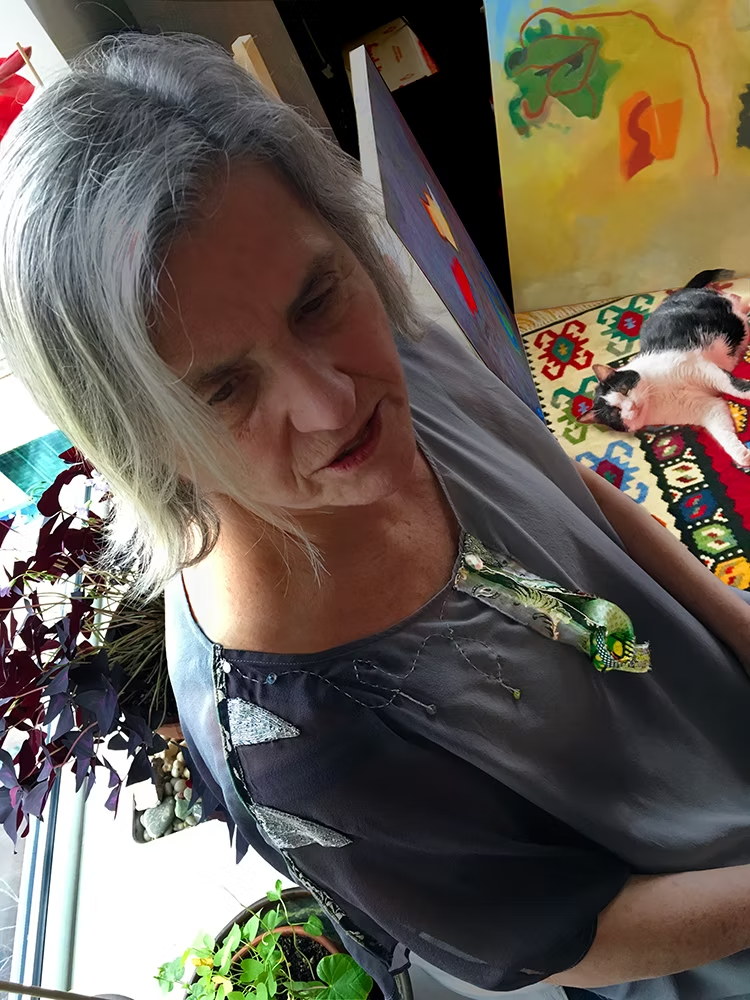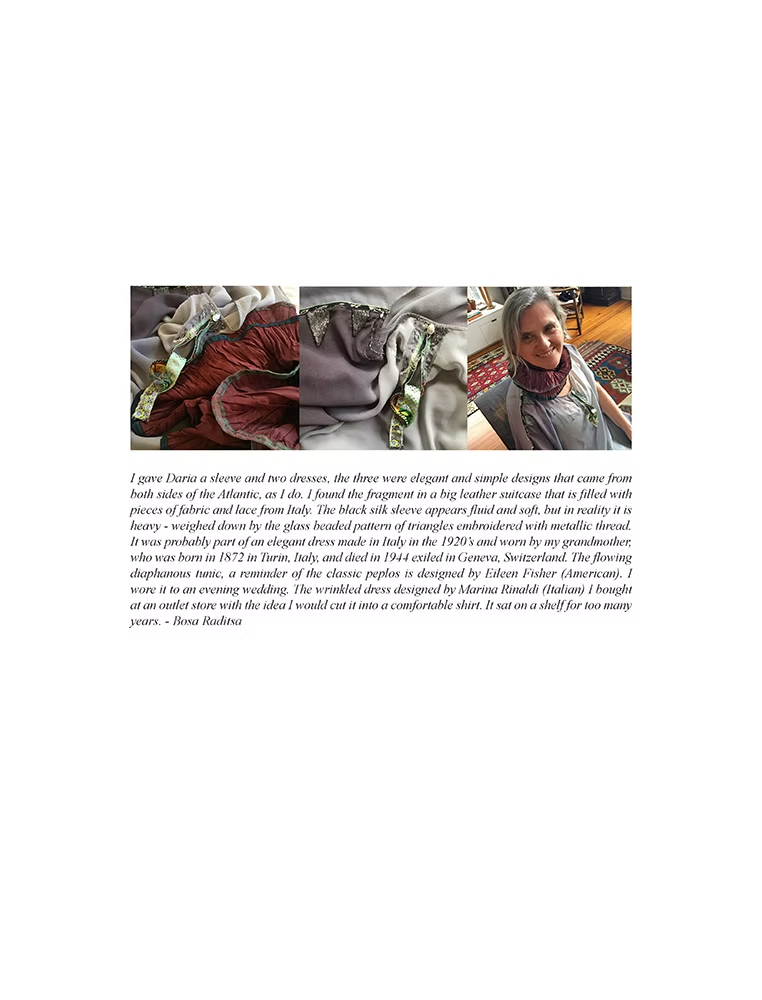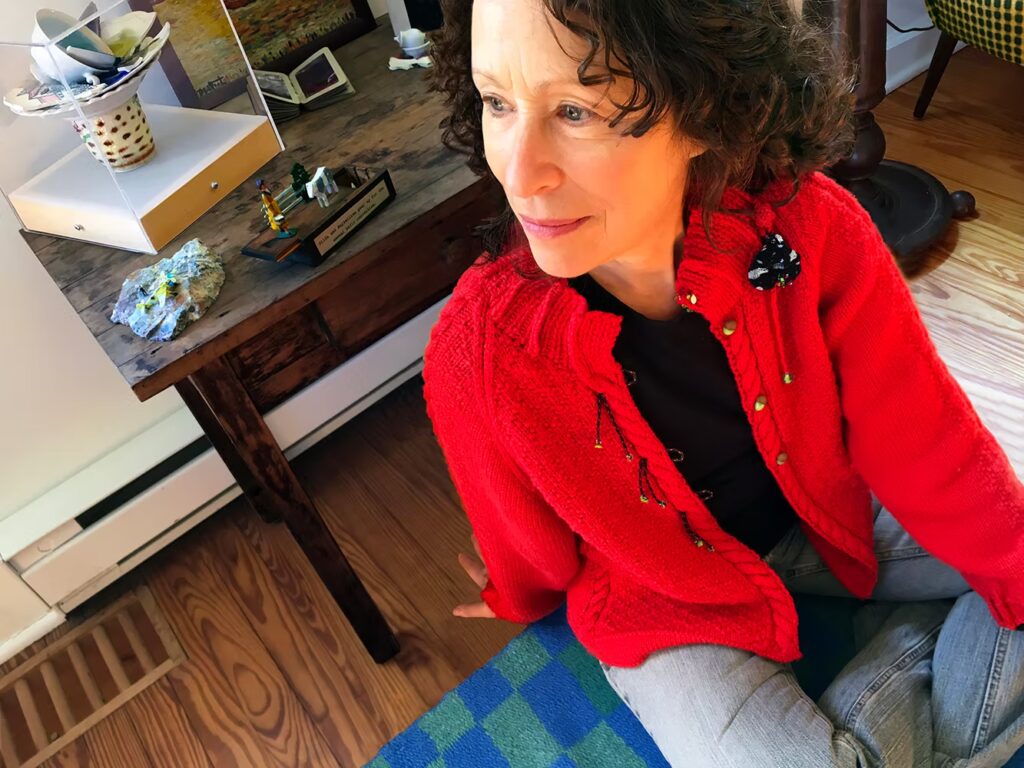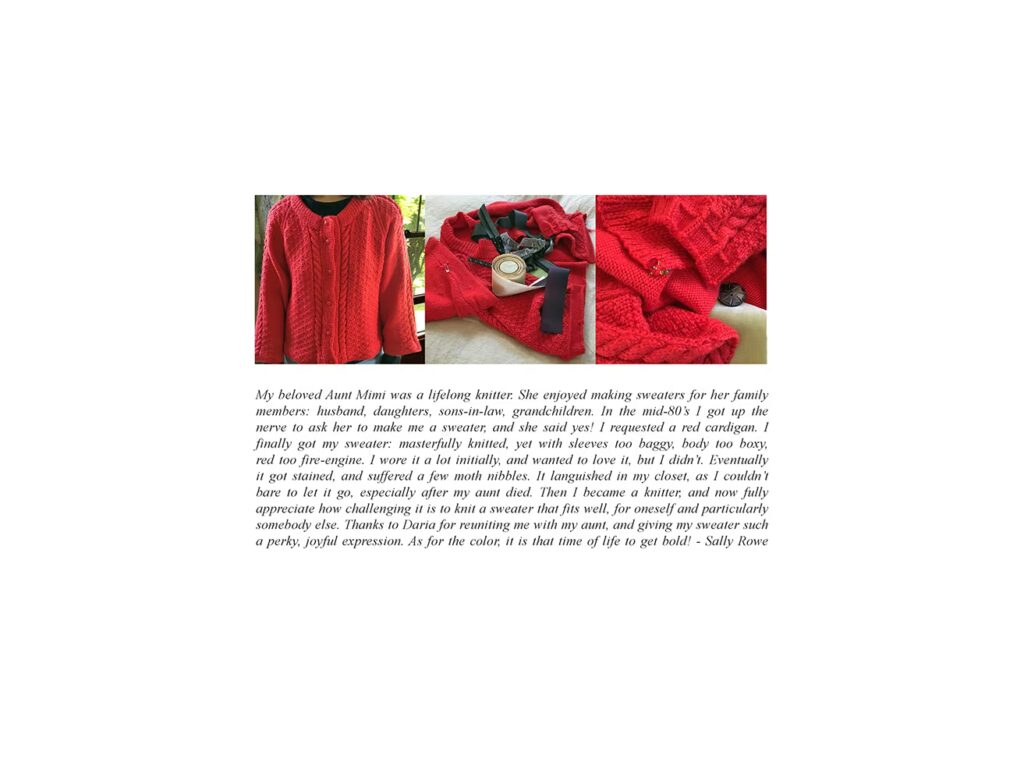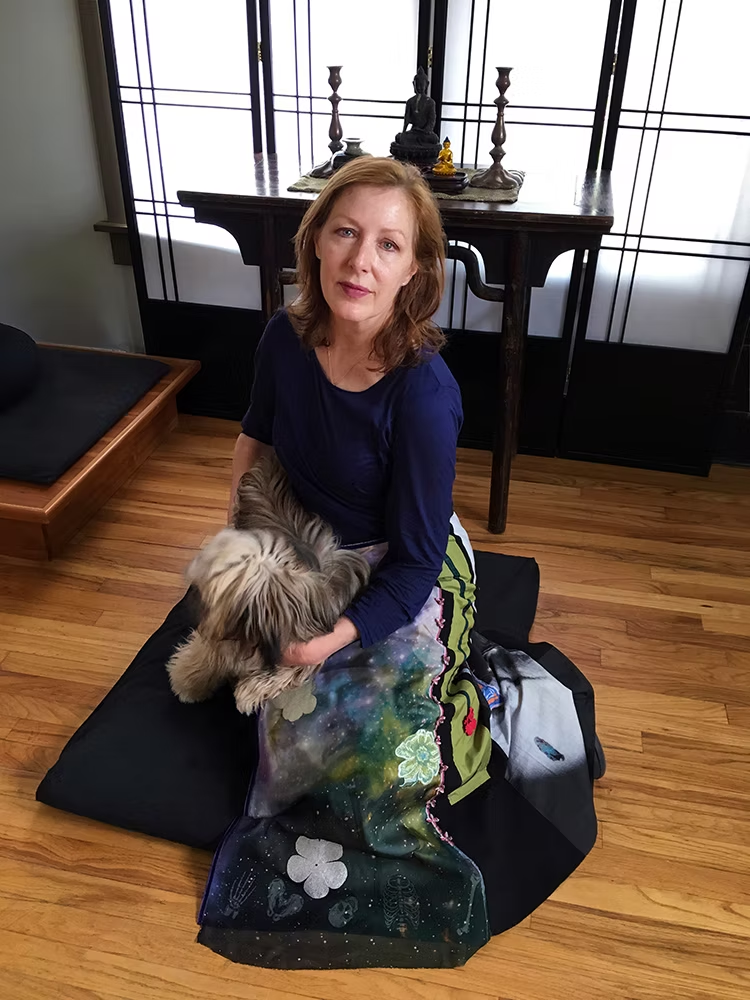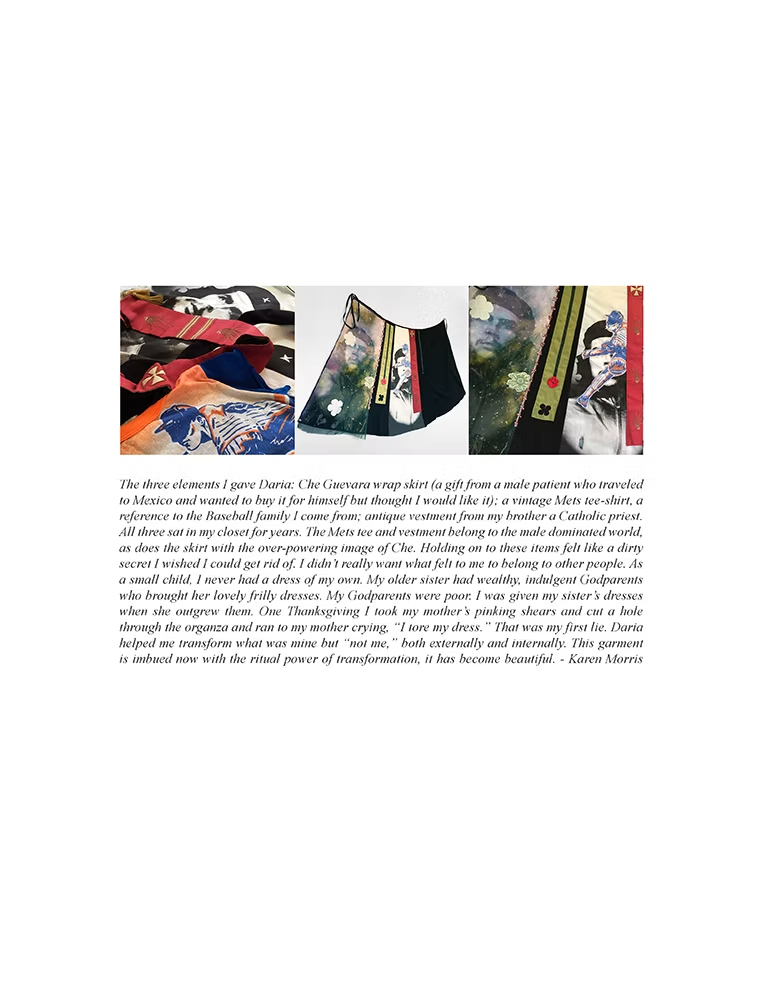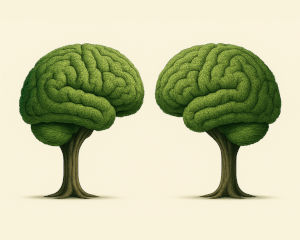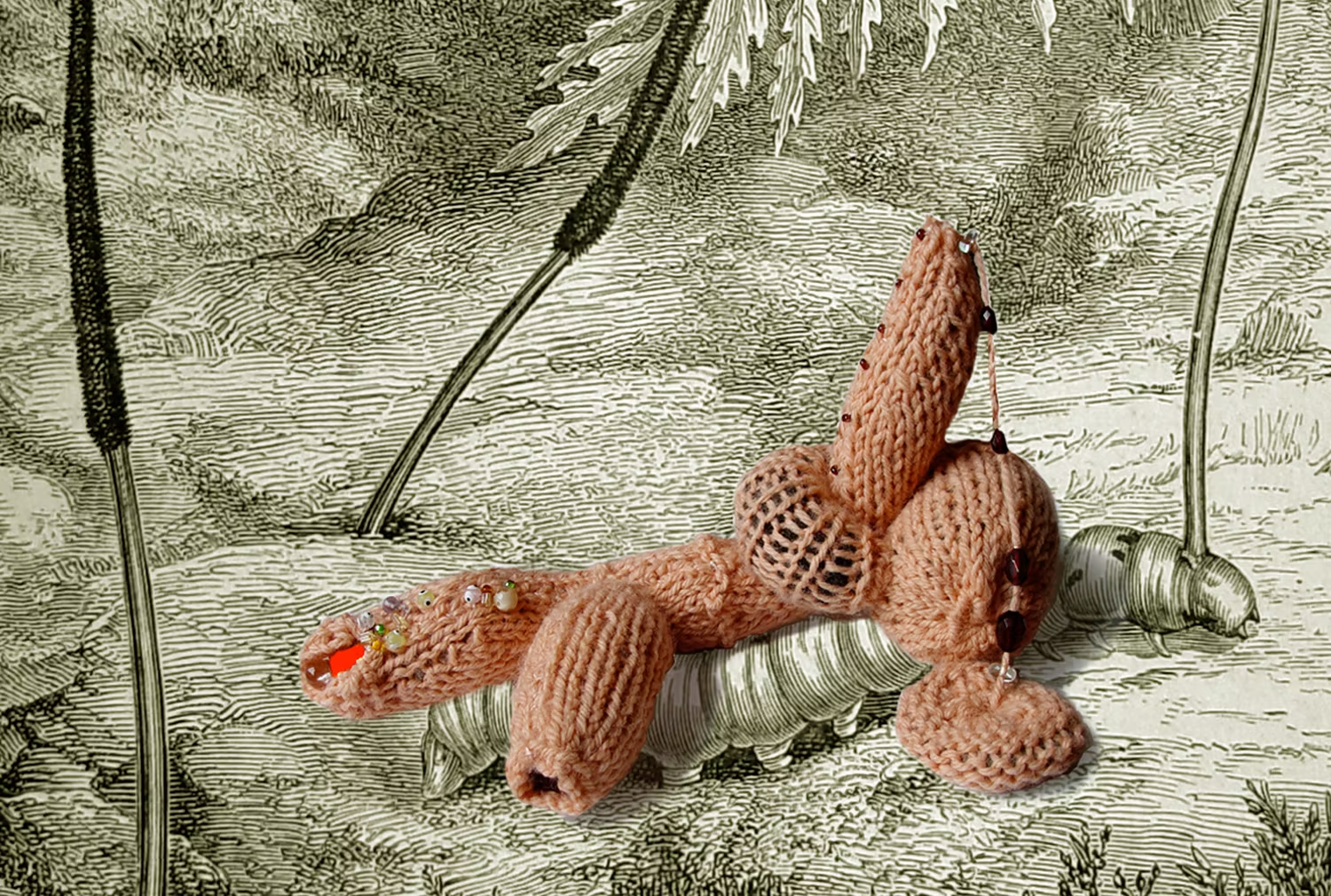
The Art of Sustainability: How to Care for a Tiny Planet in a Big Universe
By Daria Dorosh, PhD
Sign up for our monthly newsletter!
Textiles tell the story of who we are—woven through daily life, they connect us to culture, the planet, and each other. Yet today, they also tell a troubling story of waste and disconnection. What if we could shift that story—through creativity, care, and a new way of thinking about abundance?
Textiles are with us from the cradle to the grave. This intimate “second skin” protects us from the elements and speaks a silent language—pattern, color, texture, form—connecting us to one another. In fact, weaving textiles predates written text. Handmade cloth once took great time to create and was highly valued in every culture.
Today, that slow, conscious relationship with textiles has been swept into a tide of mass production, global marketing, and synthetic materials. The result is a perfect storm: a rapidly growing population and a clothing economy built on extraction.
A century ago, there were 2 billion people on this planet; today there are 8 billion. Two billion new T-shirts are sold globally each year, and an estimated 60 billion garments are discarded annually.
The deeper problem is this: there is no “away.” Every piece of discarded clothing ends up somewhere—in landfills, incinerators, or remote corners of the earth. Our extractive attitude is catching up with us.
Recycling alone can’t solve this.
Why? Because recycling operates downstream of a system designed for taking—without giving back. In an age of digital replication and material abundance, recycling is not enough. We’re no longer in the “work-for-hire” era of the Industrial Revolution. We’re in the DIY selfie age, where each of us shapes—consciously or not—the future of our species.
But there is hope, and it comes from the creative sectors of human culture.
Art, fashion, literature, music, theater, technology, and science generate ideas not from extraction, but from curiosity and love of knowledge. In these realms, people create from a sense of calling—not transaction. Creativity is relational. It connects us to each other and to the planet. And it does not age out—true innovators keep evolving throughout life.
So how do we shift the model by applying creative thinking?
What if every industry that profits from serving a global population gave lifelong scholarships to young innovators—those who show passion for ideas that serve the greater good?
Instead of extracting labor, what if we grew thinkers, makers, and doers—supported by a culture that values their work across a lifetime? Many young people already have this passion, but it often withers under inherited scarcity thinking.
We are living in an age of abundance—of knowledge, connection, and potential. But as a species, we haven’t yet learned how to manage abundance wisely.
Consider the clothing industry:
Why are we producing so much waste? Because we mistake consumption for connection. Advertising tells us that owning something new will renew us—but that hunger is actually a deep human need for relationship and meaning.
There is another way. We can slow the transformation of treasure into trash by feeding our innate capacity for creativity and invention. When we see each human being as capable of original creation—not just consumption—we begin to change the pattern.
Texere is an edition of art-to-wear in which I invited friends to select a garment that they no longer wore yet could not bring themselves to discard. I rescued the garment from its suspended state by remaking it into unique art-to-wear. In this relationship between the garment contributor and artist, the wearable art work is then given back. Sited on the body as public art, it can be worn by the donor or borrowed for exhibition by the artist.
Repairing and reimagining garments is one simple but powerful example. In my generation, we still know how to thread a needle, to deconstruct and rebuild clothing in ways that bring new life to old materials. This is an art form in itself—an intimate conversation with the object and the act of making. When we teach these skills, we pass on something deeper than technique: we cultivate care, patience, and agency.
Textiles are just one stream in a larger extractive mindset—one that treats the planet as disposable. Worse, this mindset now threatens to infect our most visionary technologies: the internet, mobile devices, emerging AI. These tools should connect and uplift us—but industrial models of extraction from the past distort their potential.
It is time to reclaim our ancestral knowing: a communal culture of knowledge-sharing and creativity, passed from generation to generation. This is a legacy older than commerce—humanity’s gift to itself.
We are the stewards of a tiny planet in a big universe. Let us choose wisely.
In small acts of repair, in creative re-use, in slowing down the flow of “new,” we begin to write a future for how to care for this planet. The art of sustainability begins with seeing what we already hold in our hands.
Daria Dorosh, PhD, is an artist, researcher, and educator whose work explores the intersections of art, technology, and sustainable living. A co-founding member of A.I.R. Gallery in New York, she has exhibited internationally for over five decades.
A version of this article was previously published in the River Reporter
References:
Human population growth visualization (YouTube, American Museum of Natural History)
https://www.youtube.com/watch?v=vJ5p3pZlBi4
Pinocchio (1940 film) – Wikipedia
https://en.wikipedia.org/wiki/Pinocchio_(1940_film)
The Age of Surveillance Capitalism – Wikipedia
https://en.wikipedia.org/wiki/The_Age_of_Surveillance_Capitalism
Out of Control by Kevin Kelly (official book page & download)
https://kk.org/outofcontrol/
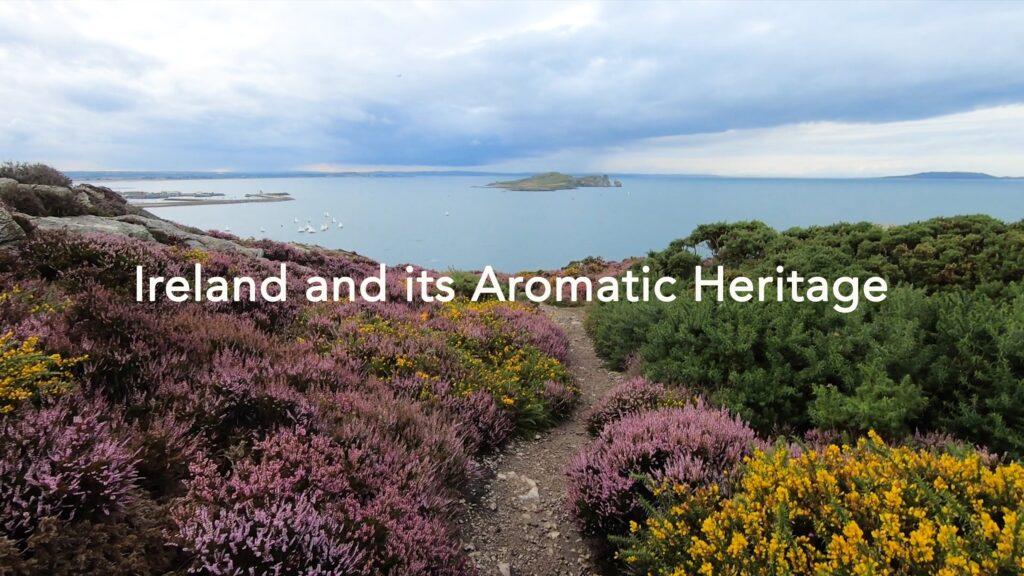
As Ireland transitions from the rich, smoky scent of peat-burning to a more sustainable future, its olfactory heritage is evolving. What will become the next iconic aromatic symbol of Ireland?
Click to watch the documentary trailer.
Plantings
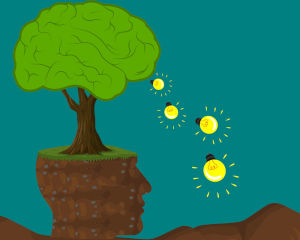
An Existential Reflection on Plant Intelligence
By John Steele
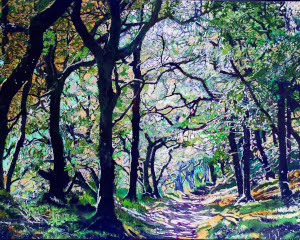
The Arborealists: Tree Painters from the United Kingdom
By Philippa Beale
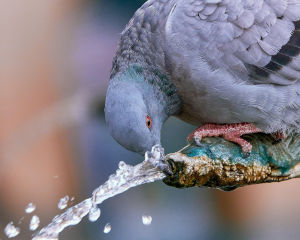
Schilthuizen’s Darwin Comes to Town, and You Too Should Join Him
By Caterina Gandolfi
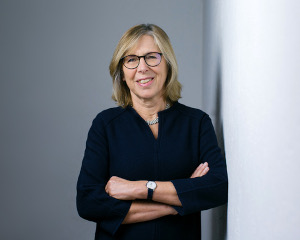
“Small Is Beautiful”: A Conversation with Renate Christ on Climate, Culture, and What We Stand to Lose
By Gayil Nalls

Eat More Plants Recipes:
Chopped Salad with Lime Dressing
By Gayil Nalls

